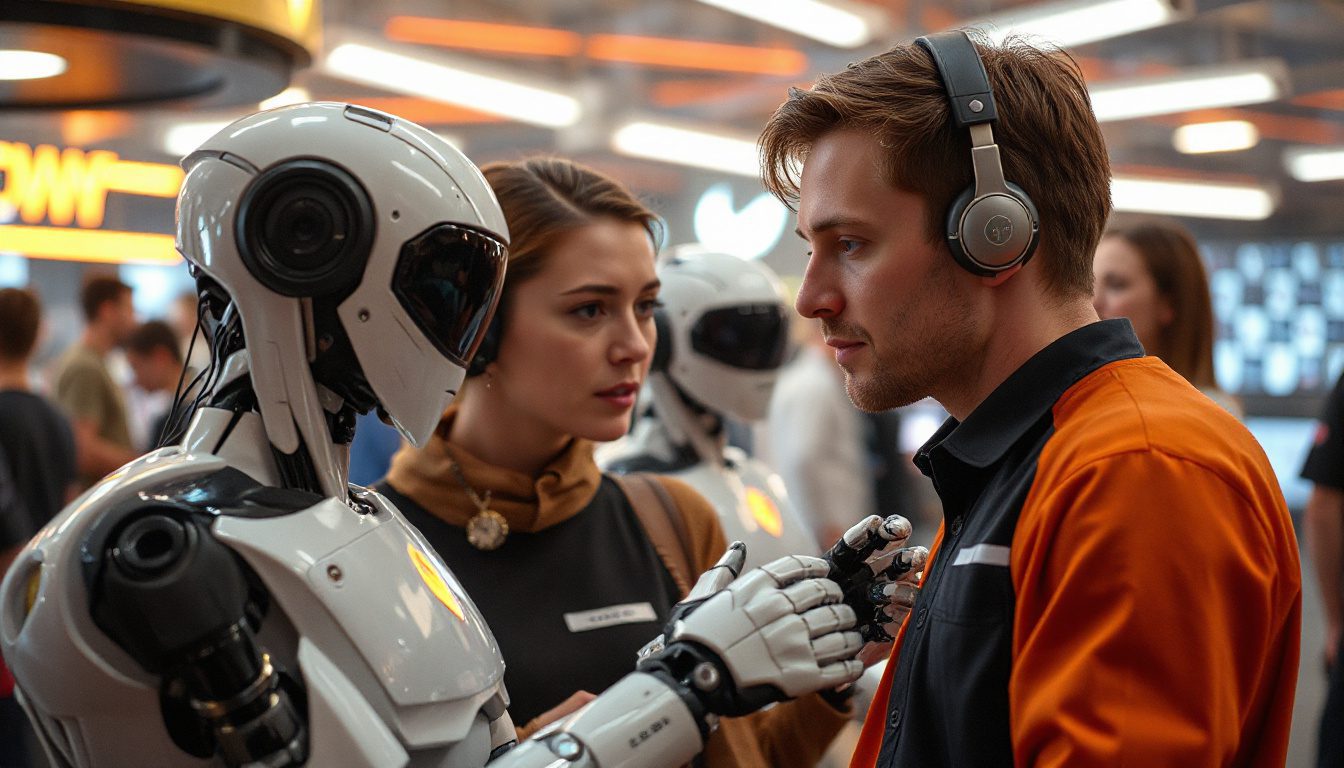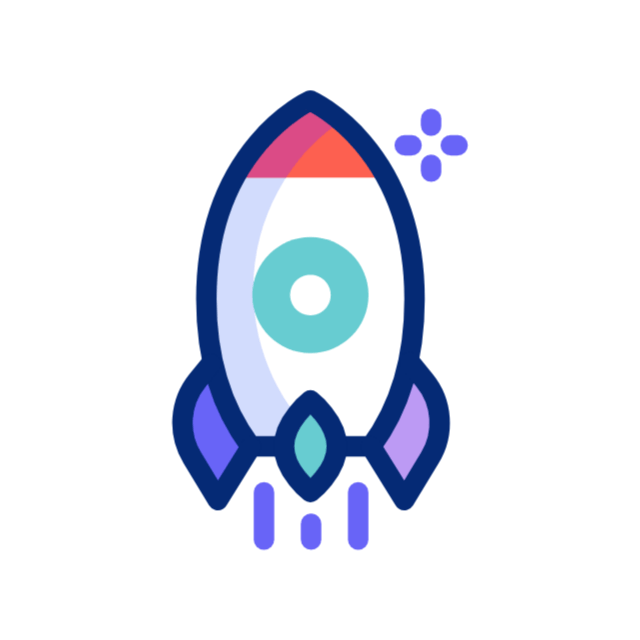A Bold New Era: How AI Agents, Robotic Advances, and Virtual Tools Are Changing the Future
Imagine you wake up and see that AI now sees the world more like you do. You can take one image and turn it into a short video. You can watch as objects move as if they have life. You might even join an AI chatbot in a ceremony or use a small AI that works even better than some huge ones. This is not a story from another world—it happens now. Here we explain why these steps matter and what they mean for people who work with AI, robotics, or creative tech.
1. Teaching AI to See the World Like Humans
A big task in AI is to help machines understand what they see. AI can spot things like cars, animals, or tennis balls. Yet, it often misses the links that humans see. You see a giraffe and a cat as animals, and you do not confuse them with a sea star or a tennis ball. AI can mix these up.
Researchers made a way to help AI see more like a person using a test called "odd one out." The test asks: out of three images, which one is different?
How Researchers Train AI Vision Models:
-
Step 1: Build a Teacher AI
The team trained a teacher model with many examples where people picked the odd one out. The teacher learns to see differences like you do. -
Step 2: Build New Data
This teacher then makes a large set of new data with millions of odd-one-out choices that fit human views. -
Step 3: Train Smaller Models
The large set then helps train smaller AI models so they learn to understand images much like people.
After training, the small AI models show much better skill in spotting things and their links. This kind of clear understanding is needed for safe AI in areas like self-driving cars, helping doctors, or robots that help people.
This approach is free for all to use. Developers everywhere can try out the code and data to improve how AI understands images.
Key idea: Teaching AI to see close to how people see helps build more reliable and useful systems.
2. Creating Custom Videos by Simply Moving Objects
Making videos used to cost many hours and complex tools. Now, new AI tools let you move parts of an image to form a video. The process is simple and clear.
See how it works:
- You choose a part of an image (for example, a moving car or a waving hand).
- You move it to a new spot or draw a path for its motion.
- The AI makes a video where the object moves smoothly, as if it acted naturally.
The tool uses a dual clock denoising method to keep user choices and real movement in line. It uses built-in video diffusion so that you do not have to create a model from scratch.
Real uses:
- Making ads fast without needing expert animators.
- Letting artists check out new ideas with little work.
- Helping teachers build fun content with simple tools.
The tool works on many computers because it needs only a moderate amount of graphical memory (6–8 GB VRAM). Also, this open system invites developers to change or add new parts.
Main idea: With a direct way to control motion, video making gets easier for everyone. It can change how we make ads, social posts, and art.
3. Tiny AI Models with Big Power
Bigger AI models often mean better work, but they need a lot of computer power. New work shows that small models can match or beat huge ones and use less energy.
A lab in China made a small AI named Vibe Thinker 1.5B. Though small, this model works better than many models that are hundreds of times its size on tests in math and coding. For example:
- It beats a 20-billion parameter model called GPT OSS by a clear margin.
- It matches or tops results from models with 300+ billion parameters.
When you look at how well AI works compared to its size, Vibe Thinker stands out as one of the best.
Why it matters: Small, strong models cut the cost of running AI. They bring advanced skills to phones and small devices. This can speed up the use of AI in apps, research, or business without high infrastructure needs.
The lab has shared the model for free so that many can use it and build on it.
4. The Human-AI Connection: First Official AI Marriages and More
AI does more than just compute numbers. It now connects with people in new ways. News shows a first "marriage" between a human and an AI chatbot. This shows that people can form real social ties with AI.
Skills are being added to AI chatbots so that they become virtual helpers in daily work. They can plan your day or chat like a friend.
Robots that look like humans now move in the real world. They work with motion and balance to do tasks in unison.
These steps hint that in the future, daily life may include working with AI friends, helpers, or partners—not just as tools but as companions.
What This Means for You
If you are a developer, artist, business person, or fan, these new AI steps open many doors:
- For developers: New free code and data help build AI that sees and talks more like people.
- For content makers: Video creation from one image makes media work simpler.
- For businesses: Small, strong AI cuts running cost while adding power in jobs like service, coding, or data tasks.
- For you: AI chatbots and robots may soon work with you every day as smart helpers.
Many of these projects include free code and models on sites like GitHub or Hugging Face. Trying them out can give you a taste of new AI skills.
Keep up with these changes and experiment early. You can help shape how these new AI steps affect work, art, and life.
Ready to see AI in a new light? Check out the free projects for human-like vision and simple video editing—tools anyone with a computer and curiosity can try.
The path to smarter, simpler, and more creative AI is now. It is a great time to join in.


